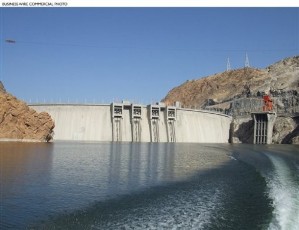East African states set to inter-connect through energy
By Tesfa-Alem Tekle
February 4, 2016 (ADDIS ABABA) – East African countries are due to be linked through a regional power interconnection in a bid to boost their economic development, Ethiopian officials told Sudan Tribune Thursday.

All EAPP member states with the exception of Egypt agreed on the forwarded positions that will be taken to effect the implementation of the 25-year master plan.
Cairo opposed the endorsement arguing that it has not been addressed on the details of the planned regional power network, hinting on the need for more time to deal with it.
At a meeting in the Ethiopian capital last week, the Egyptian delegation further argued that it doubts whether sufficient risk analysis and environmental assessments were made over the master plan.
Established in 2005, the EAPP member countries include Sudan, Egypt, Ethiopia, Kenya, Tanzania, Burundi, the Democratic Republic of Congo (DRC), Rwanda and Libya.
South Sudan and Djibouti are also expected to join the regional bloc anytime soon.
Ethiopian officials say the master plan would assist countries to collectively work for the realisation of rapid economic development in the region and further expand their energy resources and improve utilisation.
The EAPP Council’s chairperson, also the Burundian Energy and Mines Minister, Come Manirakiza said that the master plan, which was drawn up by a Danish company, Energinet, will ensure an equal utilisation of resources and ensures mutual development among the East Africa countries.
Manirakiza underscored the need for an immediate engagement in infrastructure development and persistent support from member states to realise a quick implementation of the master plan.
EAPP intends to ensure access to electricity to millions of people in the region through the regional power interconnections and improve their livelyhood by tackling power shortage.
(ST)
